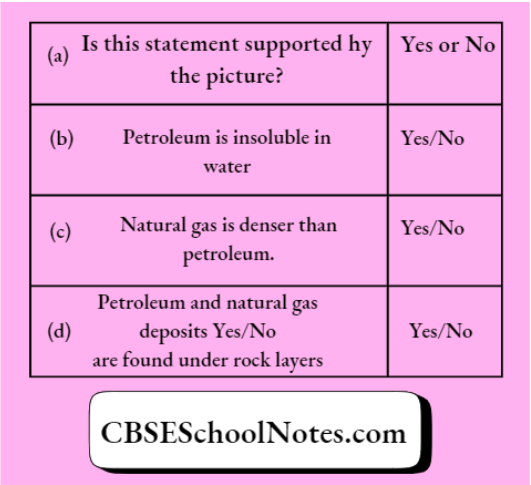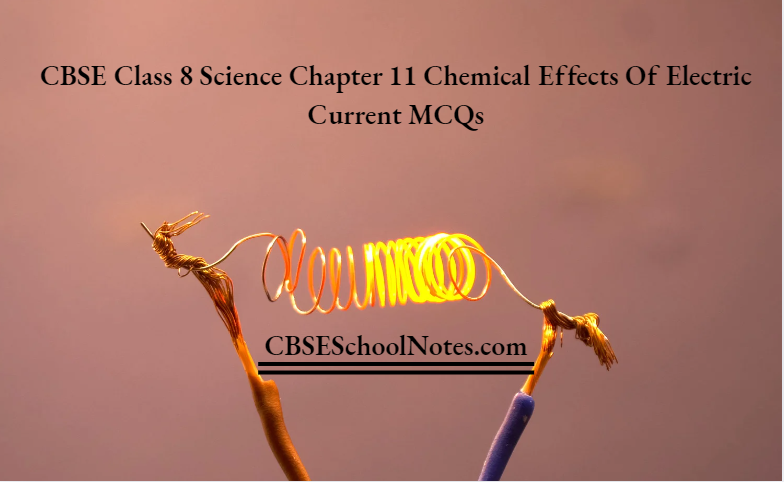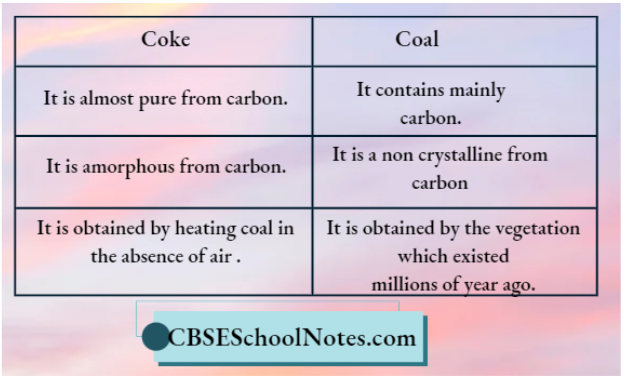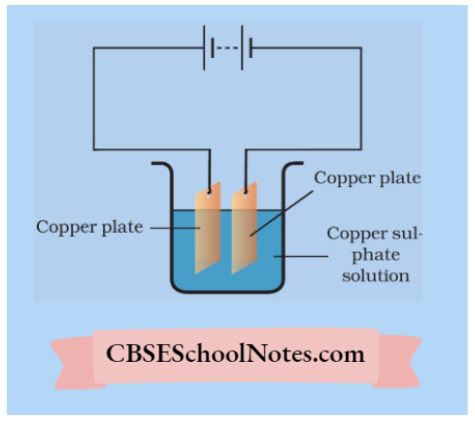CBSE Class 8 Science Chapter 12 Some Natural Phenomena Long Answer Questions
Question 1. In the year 2013. There was a showcase at IIT Hyderabad. All the students from different schools and colleges were invited to that occasion. Navecn, with his friend wanted to so the projects made by M. Touch students. Ho found a project based on the construction of anti-earthquake buildings, in which the small houses of iron rods were constructed. One Muse was with a hose containing water, and the other was without a hose. They were shocked by the shaking of both houses.
1. Describe an earthquake.
Answer: A sudden shaking of the earth, which lasts for a very short time, is called an earthquake.
2. Explain the meaning of a quake-resistant building.
Answer: Quake-resist building means that the buildings should be constructed in such a way that it can withstand for more time even on shaking of the earth.
3. Mention which force reduces the shaking in a building with a hose.
Answer: The viscous force of water resists the oscillation or vibration of building caused by shaking of the earth and ultimately reduces the shaking in building with hose.
4. State your feelings about the students who showed their projects.
Answer: They used applications of science and technology and were more curious about the methods.

Question 2. Amit was travelling in a taxi when he saw lightning at some distance. He heard thunder after a few seconds.
1. What should Amit do immediately to remain safe?
- Increase the speed of the car
- Stop the car and remain seated inside
- Stop the car and take shelter inside a building
- Turn the car and travel in the opposite direction
Answer: 2. Stop the car and remain seated inside
2. Which of these conditions results in lightning?
- Negative and positive charges meeting
- The number of negative charges is increasing
- The number of positive charges is increasing
- Negative and positive charges are moving away from each other.
Answer: 1. Negative and positive charges meeting
3. A lightning conductor protects a building from lightning. What is a lightning conductor made of?
- Glass
- Metaal
- Wood
- Plastic
Answer: 2. Metaal
Question 3. The diagram shows the focus of an earthquake. Focus is the point inside the Earth’s crust where the earthquake originates. 1, 2, 3, and 4 are four locations on the Earth’s surface.

1. In which location will the effect of the earthquake be maximum?
- Location 1
- Location 2
- Location 3
- Location 4
Answer: 2. Location 2
2. Raju was in his garden when an earthquake hit the place. What should Raju do to remain safe?
- Move to an open space
- Run away from the place
- Take shelter under a staircase
- Take shelter under a large tree
Answer: 1. Move to an open space
Question 4. The Richter scale measures the strength of earthquakes

1. The damages from an earthquake are listed below.
- 2 people died
- 5 building roofs collapsed
- 12 building walls collapsed
What could be the likely reading on the Richter scale for the earthquake?
- 4.8
- 5.4
- 6.5
- 7.3
Answer: 3. 6.5

Question 5. Which of these statements is true about the earthquake?
- Earthquakes can cause soil erosion.
- Most of the earthquakes occur in mountain regions.
- The location and duration of earthquakes can be predicted.
- Earthquakes are caused by the movement of underground plates.
Answer: 4. Earthquakes are caused by the movement of underground plates.
Question 6. Ryan ran two combs through his hair. He hung one comb from a stand using a thread. Ryan brought the other comb close to the first comb. The picture below shows the result.

1. Why did the comb move away from the other?
Answer: The comb moved away from the other because both the combs acquired the same or like charges when they were run through hair, and like charges repel each other.
2. Ryan repeats the activity using a pair of glass rods in place of the combs. What is most likely to happen in this case?
- The hanging rod will move away
- The hanging rod will come closer
- The hanging rod will show no change
- The hanging rod will start spinning.
Answer: 1. The hanging rod will move away
Question 7. Describe with the help of a diagram, an instrument that can be used to detect a charged body.
Answer: The instrument that is used to detect a charged body is an electroscope.

Construction
- Take an empty jam bottle.
- Take a piece of cardboard slightly bigger in size than the mouth of the bottle.
- Pierce a hole in it so that a metal paper clip can be inserted.
- Open out the paper clip.
- Cut two strips of aluminium foil about 4 X 1 cm each. Hang them on the paper clip.
- Insert the paper clip into the cardboard so that it is Perpendicular to it.
- Charge a refill and touch it with the end of the paper clip.
Working
The aluminium foil strips receive the same charge from the charged refill through the paper clip. The strips carrying the same charge repel each other, and they become wide open.
Touch the end of the paper clip gently with your hand, and we will find a change in the foil strip. Repetition gives the same result.

















































